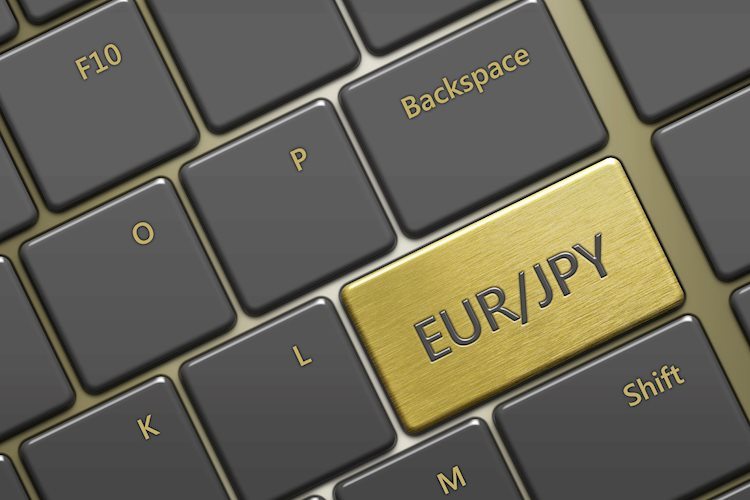The EUR/JPY cross has seen a rise to around 165.75 in the early European session on Tuesday. This increase is mainly due to lower expectations of a larger interest rate cut by the European Central Bank (ECB) in December, which is supporting the Euro (EUR). Recent Eurozone economic data has led to a decrease in bets for a larger rate cut, with money markets now pricing in a 34 basis points reduction, down from a 42 bps reduction the previous day. ECB officials have also made less dovish remarks, suggesting a gradual approach to monetary policy easing. Trade will be influenced by the upcoming Eurozone inflation report, offering insights into the pace and size of interest rate reduction by the ECB.
However, the upside for the EUR/JPY cross may be limited due to uncertainty surrounding the US presidential election and ongoing geopolitical tensions in the Middle East, which have boosted safe-haven assets like the Japanese Yen (JPY). Additionally, less dovish remarks from Bank of Japan (BoJ) Governor Kazuo Ueda could further lift the JPY in the near term. Ueda has mentioned that Japan faces smaller risks from the US and global economies, hinting at a possible additional interest rate hike by the Japanese central bank in the coming months. This could potentially weigh on the Euro and limit the gains for the EUR/JPY cross.
The European Central Bank (ECB) serves as the reserve bank for the Eurozone, with its primary goal being to maintain price stability by keeping inflation around 2%. The ECB impacts the value of the Euro by adjusting interest rates, with higher rates typically strengthening the currency. Monetary policy decisions are made by the ECB Governing Council, which includes the heads of Eurozone national banks and six permanent members. In times of economic crisis, the ECB can resort to Quantitative Easing (QE) to stimulate the economy and weaken the Euro. QE involves the purchase of assets such as government or corporate bonds using newly printed money.
On the other hand, Quantitative Tightening (QT) is employed by the ECB after a period of QE when the economy is recovering and inflation is rising. During QT, the ECB stops purchasing additional bonds and ceases reinvesting the principal from maturing bonds already held. This policy is typically positive for the Euro as it reflects a stronger economy and rising inflation. The ECB has utilized QE during the Great Financial Crisis in 2008-2011, as well as during the covid pandemic to provide liquidity to financial institutions. Understanding these policies and their implications can help traders anticipate movements in the value of the Euro against other currencies like the Japanese Yen.
In conclusion, the EUR/JPY cross has seen an upward trend to around 165.75, driven by lower expectations of a larger interest rate cut by the ECB in December. The Euro has strengthened against the Japanese Yen due to recent positive economic data from the Eurozone, reducing bets for a substantial rate reduction. However, uncertainties such as the US presidential election and geopolitical tensions could limit the upside for the cross. Traders will also be watching for further remarks from the ECB and BoJ officials, which could impact the movement of the EUR/JPY cross in the near term. Understanding the policies and tools employed by central banks like the ECB and their implications on currency values can help traders make informed decisions in the forex market.











